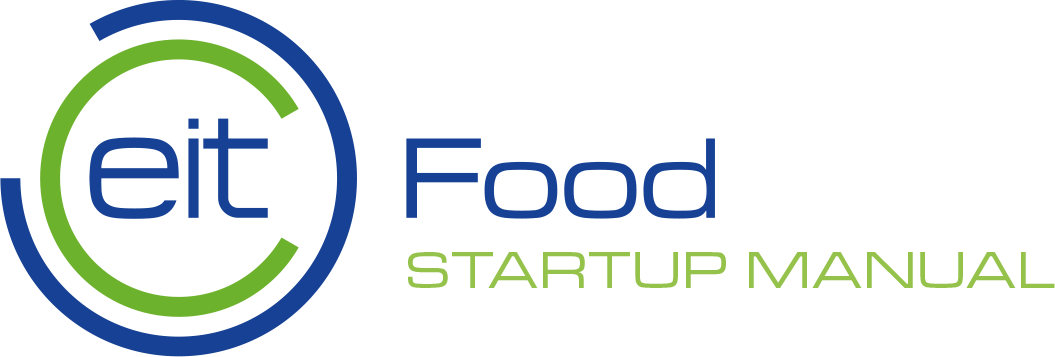Module 2 - Proving to the world that your idea is worthy and developing a proposition
3.Getting your idea in front of customers quickly & learning from it
When you’re trying to figure out whether your idea will work, there is no substitute for actually trying it out and seeing how it does for real. This may seem like an unrealistic goal as products and services need funding to be developed and you will only access greater amounts of funding once you have proven a concept.
But there are ways for you to achieve proof of concept in cost-effective ways. These next sections show you how to do that.
The Lean Startup
If you’re interested in startups or the business world, you will most likely have heard of the lean startup already, a term coined by and a book by Eric Ries. The idea behind it is that most startups fail because they spend a huge amount of resources on developing products and services only to discover that their customers don’t really want them or don’t want certain features. The lean startup process offers a method that allows for developing products and services through a much more customer-focused and iterative process.
Key to the lean startup method is the concept of a Minimum Viable Product (MVP). This is defined as
“the version of a new product which allows a team to collect the maximum amount of validated learning about customers with the least effort.” This version of a product or service often has the most basic features, just enough to satisfy would be early adopters as they’re likely to be more forgiving than other potential customers. Think of this as a prototype which you put out to some customers to get as much as feedback as possible and used to develop future versions.
MVP Case Study – Impact Vision:

Improving Our Global Food System With Hyperspectral Imaging
ImpactVision uses hyperspectral imaging technology to reduce waste in the food supply chain. Their software provides insights about the quality foods, such as the freshness of fish, the ripeness of avocados or the presence of foreign objects non-invasively and rapidly at production grade speeds.
When ImpactVision was first created, the founders’ initial goal was to reduce waste in the meat supply chain.
Working with a research institute in Germany, they conducted their first imaging and measurement campaign to understand the PH and colour of different beefsteaks from images (pH and colour acting as proxies for shelf life). This initial study provided a blueprint to build their first MVP.
They replicated the process with a large retailer in the US and designed the first version of ImpactVision’s technology composed of a beef pH and colour algorithm and a primitive user interface. Abi Ramanan said it was “exciting because you usually only access that information using a colour-meter, a tenderness test (using a knife) and more commonly a visual inspecting using a pH meter.” The next step of the company took two years which included fundraising and changing the product.

Principles of the lean startup:
- Entrepreneurs are everywhere – A startup is a human institution designed to deliver a new product or service under conditions of extreme uncertainty and it has nothing to do with the size of a company or industry. The key is thinking big, starting small and scaling fast.
- Entrepreneurship is management – As an institution, a startup requires management.
Flexible learning-oriented management that encourages experimenting and is geared to the concept of extreme uncertainty. - Validated Learning – Startups don’t exist to make stuff, they exist to learn how to build a viable business. This learning can be validated scientifically, by running experiments that demonstrate and test each element of our vision. Validation allows you to identify key risks in your product or service and make appropriate adjustments to your product/service.
- Innovation Accounting – Innovation accounting is needed to hold entrepreneurs accountable for their actions and to improve entrepreneurial outcomes. An entrepreneur should have a clear understanding of how to measure progress, how to set up milestones and how to prioritize work. This calls for a new kind of accounting that is specific for startups.
- Build-Measure-Learn – Startups’ main activity is to turn ideas into products or services, measure customers’ response to them, and then determine whether to pivot (change something) or persevere (continue on). All processes should be aimed at accelerating that feedback loop.

Rapid prototyping
Tom Chi developed the concept of rapid prototyping. Chi describes rapid prototyping as “the process of finding the fastest path to a direct experience of the thing you’re trying to create.” Similar to the lean startup, rapid prototyping is based on the idea of getting (a) prototype(s) in the hands of potential users as quickly as possible and learning from the process. Instead of guessing, Chi advocates for learning. And to maximise the rate of learning, he advocates for dramatically minimising the time taken to try things, hence rapid prototyping. Rather than trying to make decisions by looking at whether something is good/bad or right/wrong, focus on whether you’re guessing or basing your opinion on conjecture (a conclusion formed on the basis of incomplete information). Chi argues the need for direct experience over conjecture. We suggest looking at Tom Chi’s short lesson (8 minute video) on rapid prototyping to get started: https://ed.ted.com/lessons/rapid-prototyping-google-glass-tom-chi.
Don’t focus too much on the theory of the lean startup or rapid prototyping, they’re useful guides but they don’t need to be followed to the letter. The main take-away is that you shouldn’t spend hours, weeks or months developing a product or service in secrecy without showing it to a potential customer. Develop an MVP/a prototype, get out there, speak to users, and listen to their feedback to improve it.

